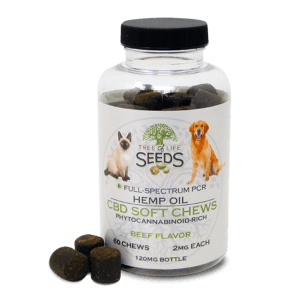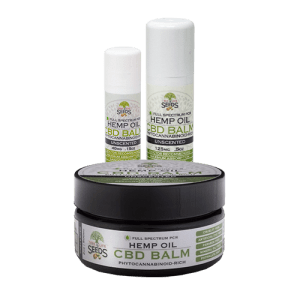After its federal legalization in 2018, you may have seen hemp
food products and consumer goods popping up all over the place – everywhere from your local home goods stores to your local big box store! While its uses in consumer products are varied and extensive, hemp has also made a name for itself as a building material. Let’s explore the benefits of building with hemp and how it stacks up against some of the more traditional alternatives.
Diverse Hemp Use in Building Materials
Hemp’s wood-like core and fibrous skin have proven to be economically viable as durable and cost-effective building materials. Although new uses for hemp in construction are still being discovered, the plant has already taken a few forms, such as walling, insulation, and wood finish.
Mixing the woody core of hemp known as the “shiv” with a lime-based binder produces “Hempcrete,” a rigid material that rivals concrete in function and resembles stucco in form. This “hempcrete” is a lightweight, yet durable material that weighs about 1/7th of concrete: it’s generally used as a structural element cast between support frames.
2. Hemp Insulation
For insulation, hemp fibers are bonded into sheets that are manipulated into different shapes and dimensions depending on the use. These sheets are installed as semi-rigid “batts” between the frames of a building.
Hemp batts are a competitive substitute for more traditional fiberglass insulation.
3. Hemp Oil
While hemp oil is widely known for its use in CBD products, it can also be used as
a wood finish. Extracting oil from hemp plants makes a beautiful and durable finish for wooden construction. Hemp oil finishes can outperform traditional wood oil finishes when it comes to weather resistance, and as an added benefit, hemp oil has lower levels of volatile organic compounds (VOCs) that are present in petroleum-based coatings.
Durability of Hemp vs. Traditional Building Materials
Hempcrete is a robust and lightweight material that competes with concrete but has yet to be used in buildings that are over ten stories high. Although new to the U.S. market, Hempcrete has been
used in European countries since the 6th century – given that it’s survived over 14 centuries, Hempcrete has proven that it can withstand the test of time.
Interestingly, Hempcrete is known to
react with carbon dioxide in the air, making the material grow harder over time and eventually causing it to resemble stone. So, while other materials may wear down through time and weathering, that will only make Hempcrete stronger!
Hemp Materials are Sustainable
Throughout its entire growing, manufacturing, and building processes, hemp is more sustainable than more traditional building materials.
Because hemp is classified as a weed, it doesn’t require pesticides or fertilizers to grow quickly and vigorously. As the hemp is turned into building material, it becomes
carbon-negative by leaving less gas in the atmosphere than it produces during construction.
Hempcrete homes are “breathable,” which means they are less likely to grow mold and thus better for resident health. Additionally, since hemp acts as a strong insulator, the costs of heating and cooling have shown to be lower than in traditional buildings.
Hemp is the More Affordable Option
Surely all the benefits and uses of hemp for buildings must come at a hefty price tag that makes all of this seem unattainable, right?
Nope! Hemp is a surprisingly affordable option. Hempcrete beats or matches other common building materials in its up-front cost, but by lowering the cost of heating and cooling a building, the long-term benefits of using hemp in construction make it even more attractive.
Hemp in Construction: When Will We See More?
For decades, hemp was illegal to grow in the U.S., and the cost of shipping material from overseas offset the benefits. But since its legalization as an agricultural crop, it’s becoming a cost-effective and environmentally friendly alternative for construction. The United States is in a nearly perfect position for a boom in hemp construction as the stigma around the plant is going down, and both consumers and producers are widely adopting its benefits and uses.
Outside of its use in consumer products, hemp is making a name for itself as a stellar material that rivals wood and concrete. As people seek to live more sustainably, hemp buildings are growing in demand faster than the market can supply. With the versatility, health benefits, and low cost, we may soon see neighborhoods and towns where hemp is one of the primary construction materials. Hemp can completely change how we think of buildings!








0 Comments